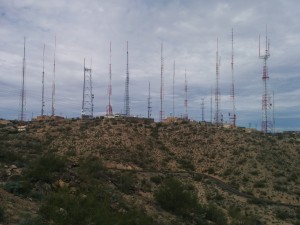 I’ve been focusing on power supplies and related equipment lately because I don’t have a lot of bench gear. On one hand, I would like to build equipment from scratch, but on the other, it would be crazy not to look at some of the building block modules available on eBay and other outlets. I could not beat these prices, even if I built just about entirely from scrap. Using modules rather than homebrewing down to the metal seems like cheating, but it not only saves time and money, but often yields better performance and miniaturization.
I’ve been focusing on power supplies and related equipment lately because I don’t have a lot of bench gear. On one hand, I would like to build equipment from scratch, but on the other, it would be crazy not to look at some of the building block modules available on eBay and other outlets. I could not beat these prices, even if I built just about entirely from scrap. Using modules rather than homebrewing down to the metal seems like cheating, but it not only saves time and money, but often yields better performance and miniaturization.
So, this project consists of building a bench top power supply from three modules: a switching power supply that puts out a constant voltage, a DC/DC converter, and a combined voltmeter/ammeter. The combination is based on a youtube video by GreatScott that made use of a cheap DC/DC converter based on the LTC3780 that is being sold by various vendors at a bargain price on eBay. Some of the same vendors are also selling a red and blue volt/ammeter. There are a few variations of the meter, I selected one rated for 100V and 10A and which did not require an external shunt resistor for current measurement.










